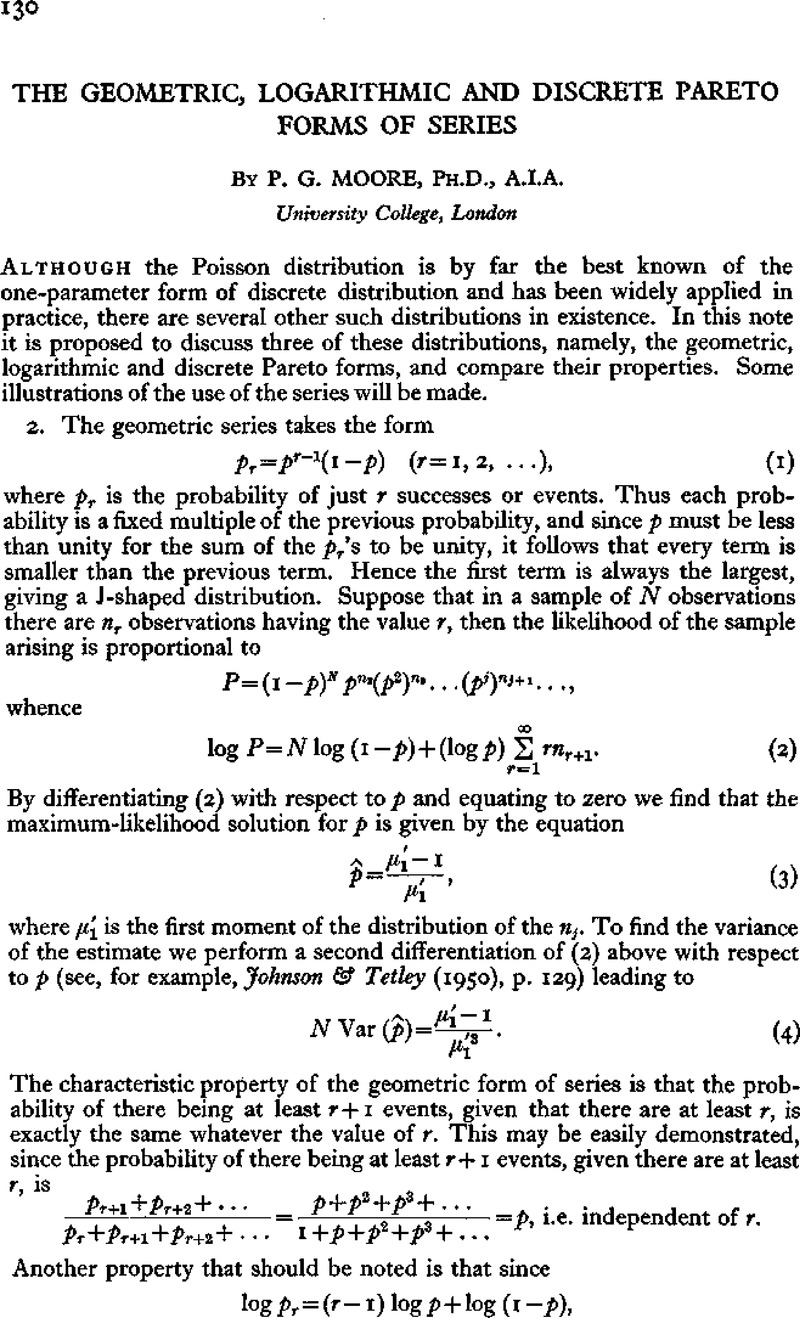Crossref Citations
This article has been cited by the following publications. This list is generated based on data provided by Crossref.
Vlachý, J.
1978.
Frequency distributions of scientific performance a bibliography of Lotka's law and related phenomena.
Scientometrics,
Vol. 1,
Issue. 1,
p.
107.
Doray, Louis G.
and
Luong, Andrew
1995.
Quadratic distance estimators for the zeta family.
Insurance: Mathematics and Economics,
Vol. 16,
Issue. 3,
p.
255.
Güney, Yeşim
Tuaç, Yetkin
and
Arslan, Olcay
2017.
Marshall–Olkin distribution: parameter estimation and application to cancer data.
Journal of Applied Statistics,
Vol. 44,
Issue. 12,
p.
2238.



